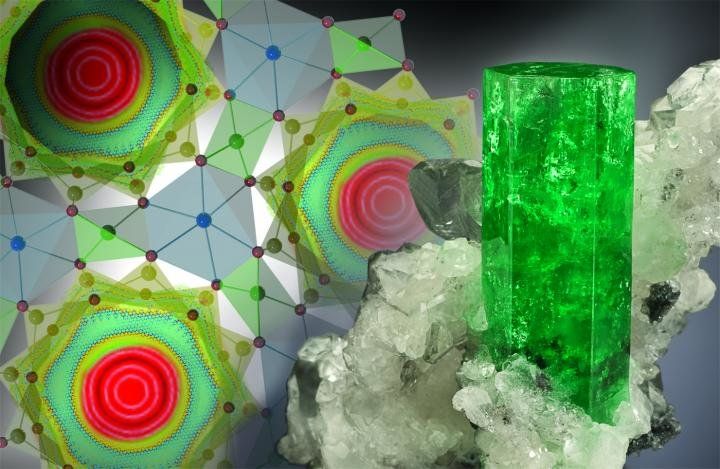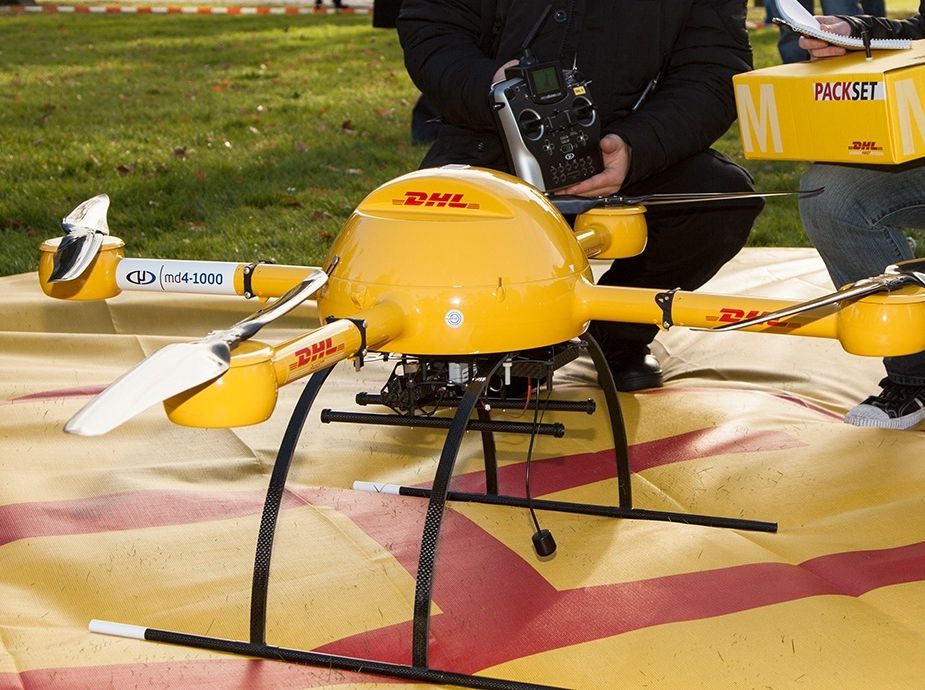Apr 23, 2016
DARPA looking to develop encrypted message app
Posted by Karen Hurst in categories: encryption, innovation
The Defense Advanced Research Projects Agency is looking to take its own swing at an encrypted messaging app.
April 22, 2016.
The Defense Information Systems Agency, like many other federal agencies and the Defense Department as a whole, is bullish on embracing the small, innovative startups popping up in private sector, particularly Silicon Valley. But finding a way to integrate those fast-moving startups into DISA’s rules-encumbered procurement process remains a major hurdle.


















